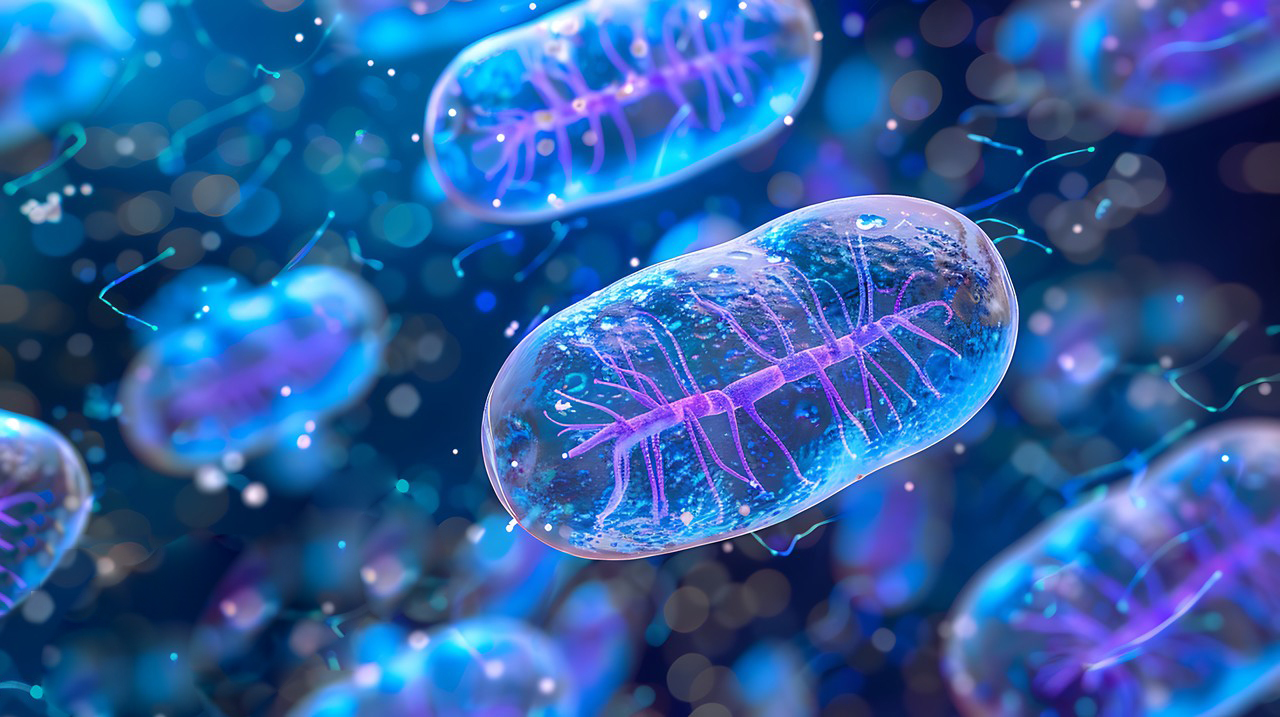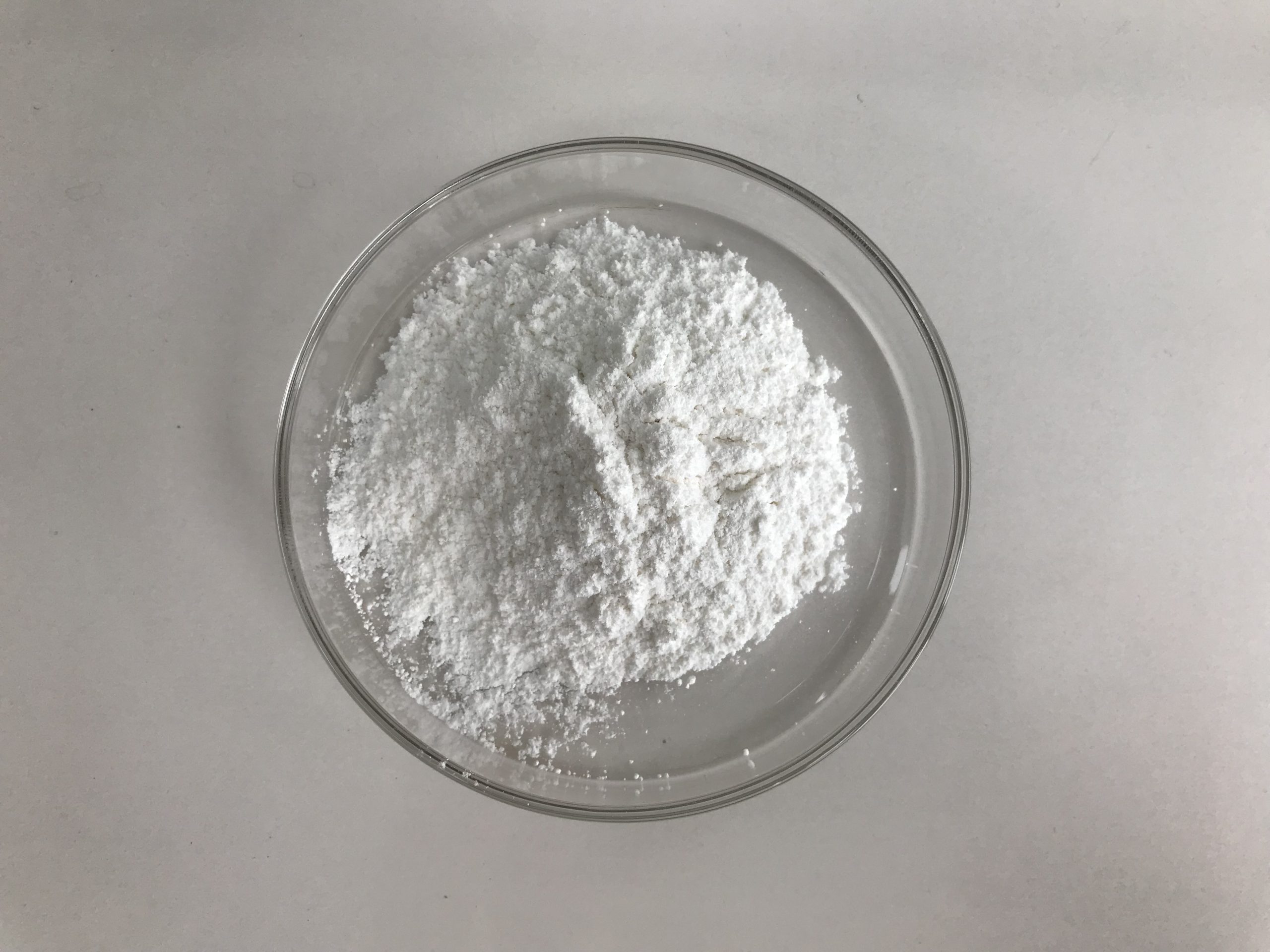Adenosine triphosphate (ATP) is often referred to as the “energy currency” of the cell, as it plays a central role in metabolism by transferring energy for various biological processes. ATP metabolism can be broken down into its formation and utilization in various cellular processes.
1.Formation of Adenosine Triphosphate (ATP Synthesis)
Adenosine triphosphate is synthesized primarily through three processes:
a. Substrate-Level Phosphorylation
This process occurs in the cytoplasm during glycolysis and in the mitochondria during the Krebs cycle. It involves the direct transfer of a phosphate group to ADP to form ATP. An example is the conversion of phosphoenolpyruvate (PEP) to pyruvate, which generates ATP in glycolysis.
b. Oxidative Phosphorylation
This is the primary method of ATP production in cells and occurs in the mitochondrial inner membrane. It is driven by the electron transport chain (ETC) and the enzyme ATP synthase. Electrons from NADH and FADH₂, generated in glycolysis, the Krebs cycle, and beta-oxidation, pass through a series of complexes in the ETC, creating a proton gradient across the mitochondrial membrane. The flow of protons back into the matrix through Adenosine triphosphate synthase drives the phosphorylation of ADP to ATP. This process is highly efficient and produces the bulk of ATP in aerobic organisms.
c. Photophosphorylation (in plants)
In plants, ATP is synthesized through photophosphorylation during photosynthesis. Light energy is used to create a proton gradient across the thylakoid membrane in the chloroplasts, which drives ATP production through ATP synthase, similar to oxidative phosphorylation.

2. Adenosine Triphosphate Utilization
Adenosine triphosphate provides energy for a wide variety of cellular processes, including:
a. Biosynthesis
Adenosine triphosphate is required for the synthesis of macromolecules like proteins, nucleic acids, and lipids. For example, during protein synthesis, ATP is used in the activation of amino acids and in the assembly of ribosomes.
b. Mechanical Work
ATP powers mechanical processes, such as muscle contraction. ATP binds to myosin, and its hydrolysis provides the energy for myosin to pull on actin filaments, causing muscle contraction.
c. Active Transport
ATP fuels active transport mechanisms in cells, such as the sodium-potassium pump (Na+/K+ ATPase), which maintains ion gradients across membranes essential for functions like nerve impulse transmission and maintaining cell volume.
d. Signal Transduction
ATP serves as a substrate for kinases in signal transduction pathways, transferring phosphate groups to proteins to modulate their activity. ATP is also used in the synthesis of cyclic AMP (cAMP), an important second messenger in many signaling pathways.
e. Cellular Respiration
Adenosine triphosphate is hydrolyzed to ADP and inorganic phosphate (Pi), releasing energy that cells use for various processes. The hydrolysis of one mole of ATP releases approximately 30.5 kJ/mol (7.3 kcal/mol) of energy under standard conditions.
3. Adenosine Triphosphate Cycle
The ATP cycle is a continuous process of synthesis and degradation. Cells maintain a steady state of ATP by constantly replenishing it through glycolysis, oxidative phosphorylation, and other pathways. The high-energy phosphate bonds in ATP are constantly being hydrolyzed to release energy and then resynthesized from ADP and inorganic phosphate.

4. Energy Coupling
Cells couple exergonic reactions (those that release energy, like the breakdown of glucose) to endergonic reactions (those that require energy, like muscle contraction) through Adenosine triphosphate. By hydrolyzing ATP, cells can drive processes that would not occur spontaneously.
Summary of ATP Metabolism:
- Production: Substrate-level phosphorylation, oxidative phosphorylation, photophosphorylation (in plants).
- Use: Drives biosynthesis, mechanical work, active transport, and signaling pathways.
- Cycle: Continuous regeneration and consumption.
ATP metabolism is a key aspect of maintaining cellular homeostasis and supporting the functions necessary for life.
